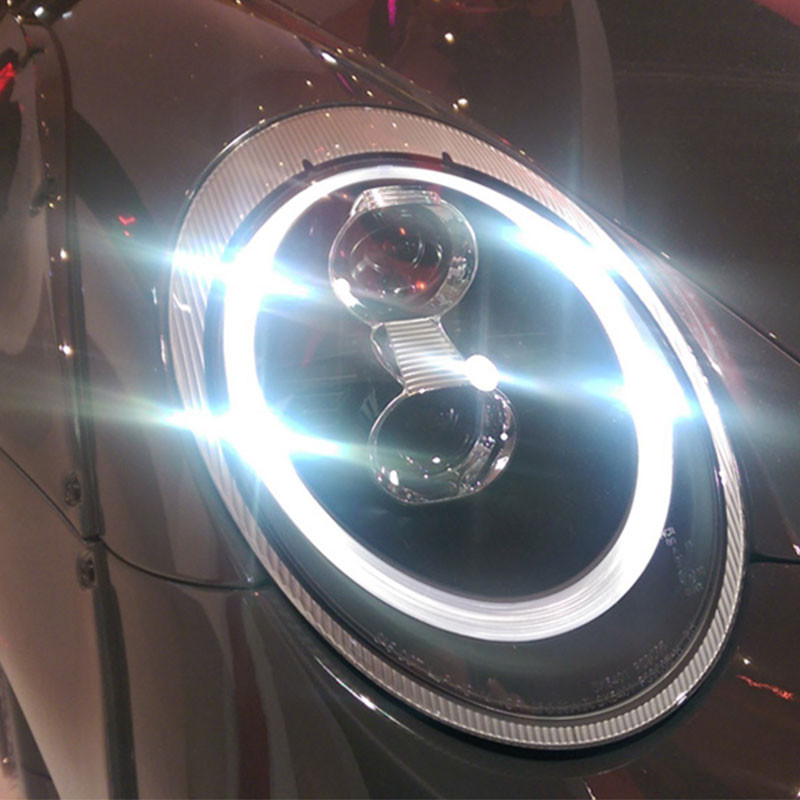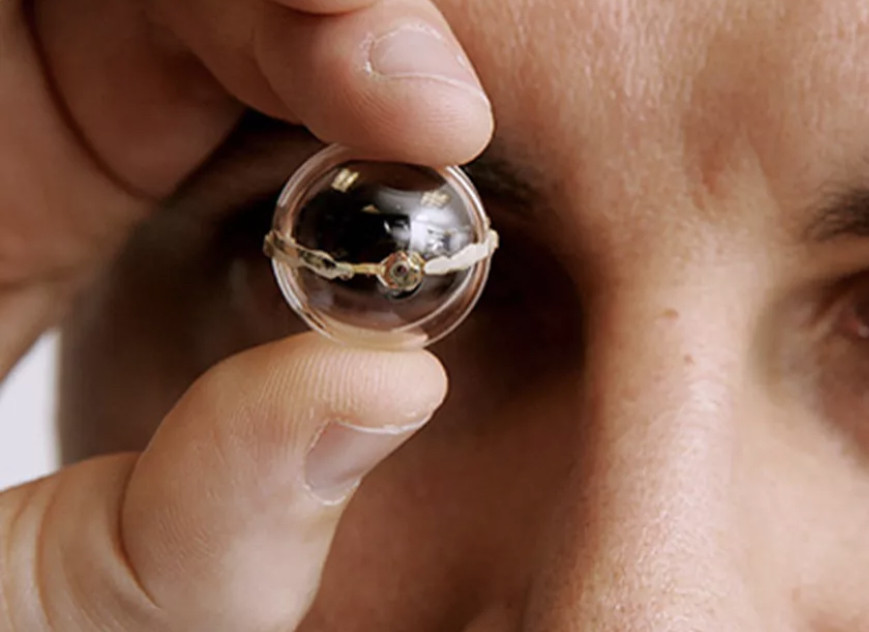A seed crystal is a small crystal that is used as a base to grow a large single crystal. Without a seed, crystals form slowly from random intermolecular interactions. When the seed is placed in a saturated or supersaturated solution it acts as a nucleation site. This decreases the time needed to grow a crystal and directs growth to a single region. Here’s how to grow a seed crystal and how to use one to get a large, perfect crystal.
MAGA🇺🇸🇺🇸🇺🇸Trump Won🇺🇸🇺🇸WWG1WGA 🙏🏻Save The Children🙏🏻 💛💛Trump is Still my President💛💛 PLEASE no DM’s
Crystal recipes ☺️
https://www.thoughtco.com/easy-crystal-growing-recipes-606259
Collection of Easy Crystal Growing Recipes
Growing crystals does not have to be complicated! This is a collection of crystal growing recipes you can safely make at home or in the classroom.
https://www.thoughtco.com/easy-crystal-growing-recipes-606259Neurostimulation has proved to be an effective method for the restoration of visual perception lost due to retinal diseases. However, the clinically available retinal neurostimulation method is based on invasive electrodes, making it a high-cost and high-risk procedure. Recently, ultrasound has been demonstrated to be an effective way to achieve noninvasive neurostimulation. In this work, a novel racing array transducer with a contact lens shape is proposed for ultrasonic retinal stimulation. The transducer is flexible and placed outside the eyeball, similar to the application of a contact lens. Ultrasound emitted from the transducer can reach the retina without passing through the lens, thus greatly minimizing the acoustic absorption in the lens.
The discretized Rayleigh–Sommerfeld method was employed for the acoustic field simulation, and patterned stimulation was achieved. A 5 MHz racing array transducer with different element numbers was simulated to optimize the array configuration. The results show that a 512-element racing array is the most appropriate configuration considering the necessary tradeoff between the element number and the stimulation resolution. The stimulation resolution at a focus of 24 mm is about 0.6 mm. The obtained results indicate that the proposed racing array design of the ultrasound transducer can improve the feasibility of an ultrasound retinal prosthesis.
The new coronavirus behind the pandemic causes a respiratory illness called COVID-19. Its most common symptoms are a fever, coughing, and breathing problems. Rarely, it also can cause an eye infection called conjunctivitis.
UV-C has promise as a means of environmental control for SARS-CoV-2. To understand the potential of UV-C as a tool in the pandemic, we must first understand the effect of UV-C on SARS-CoV-2 and the necessary operating time to reduce the bioburden of SARS-CoV-2 in the environment. Herein, we present the results of a laboratory study that assessed the efficacy of full-germicidal-spectrum UV-C from a pulsed-xenon source (PX-UV) on SARS-CoV-2 on hard surfaces and N95 respirators.



